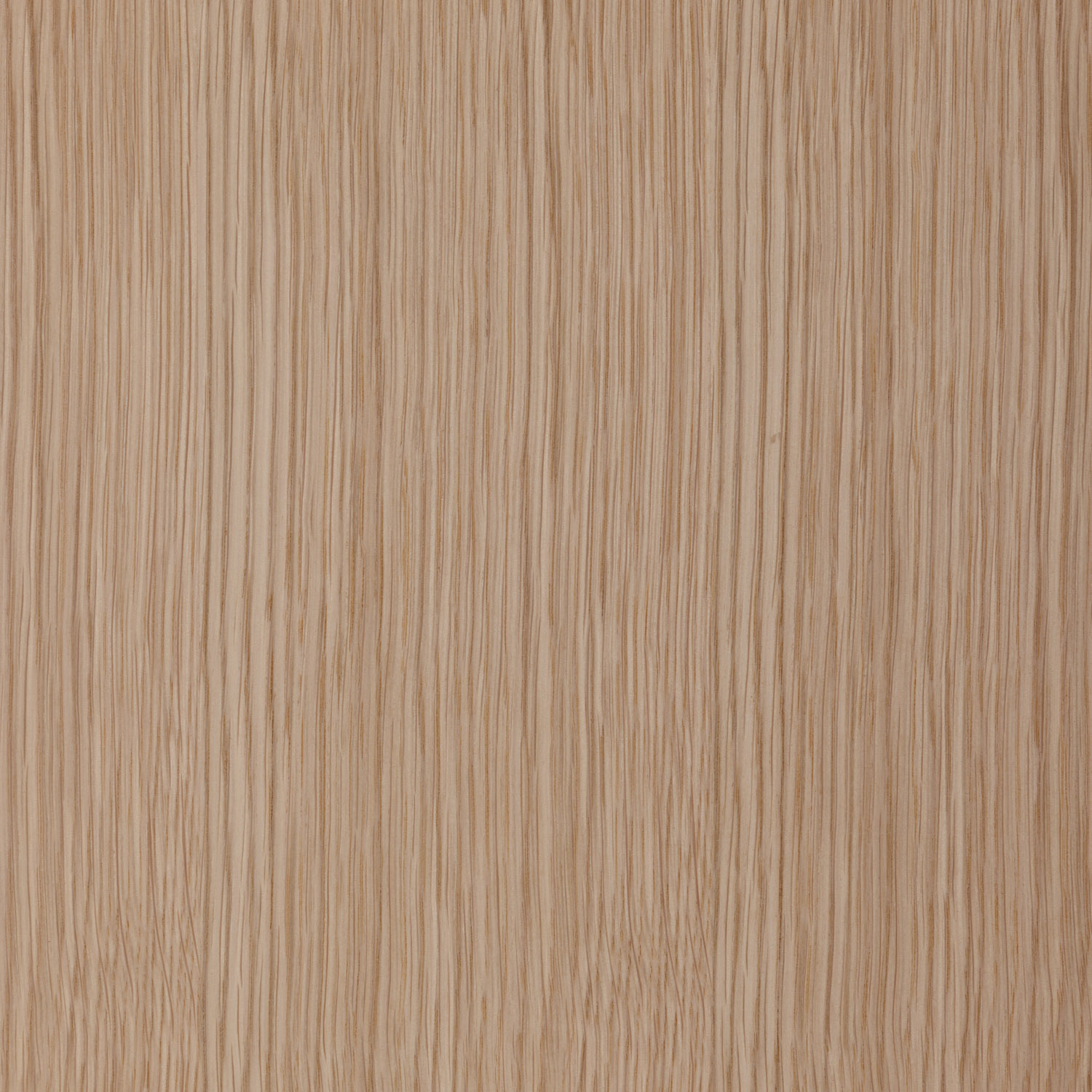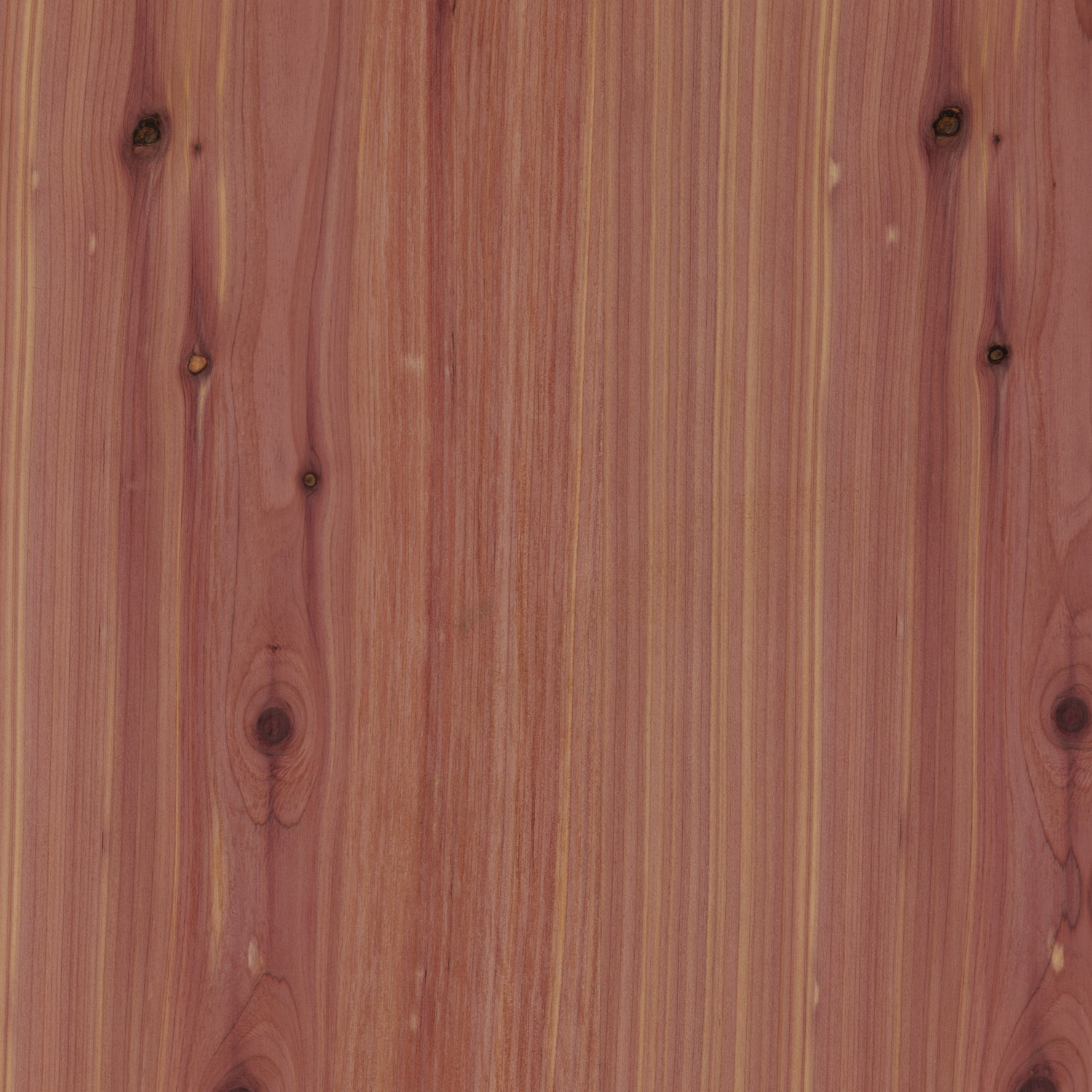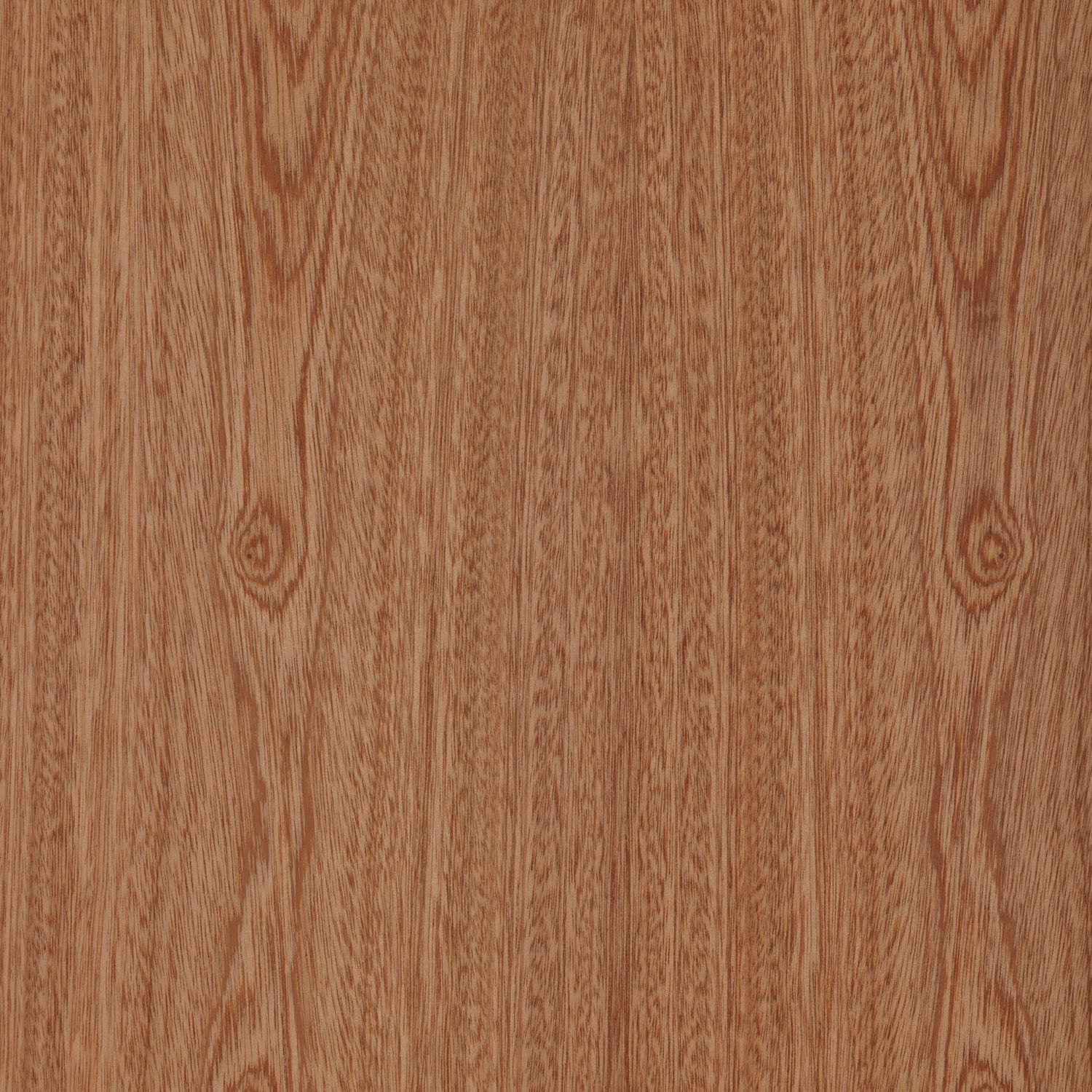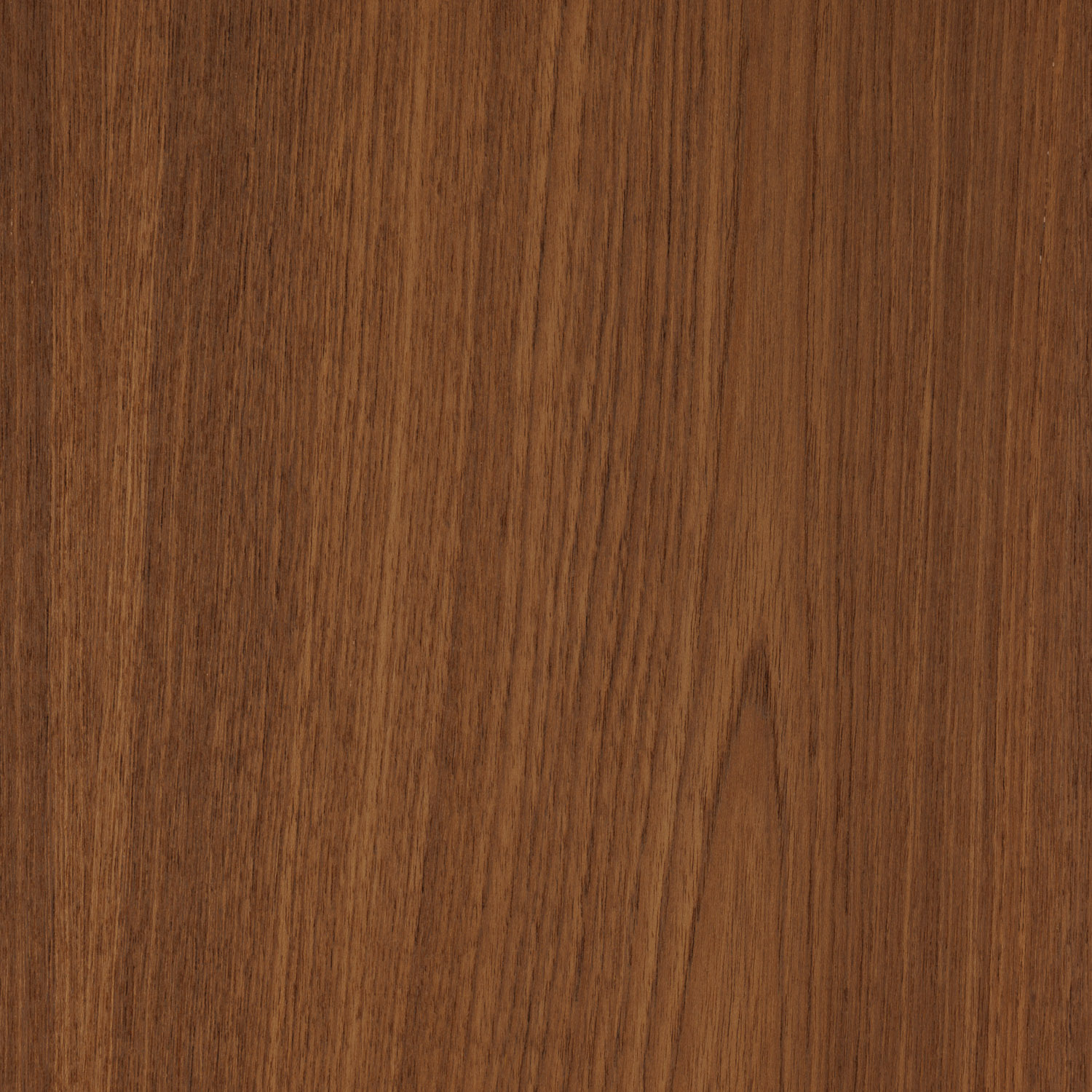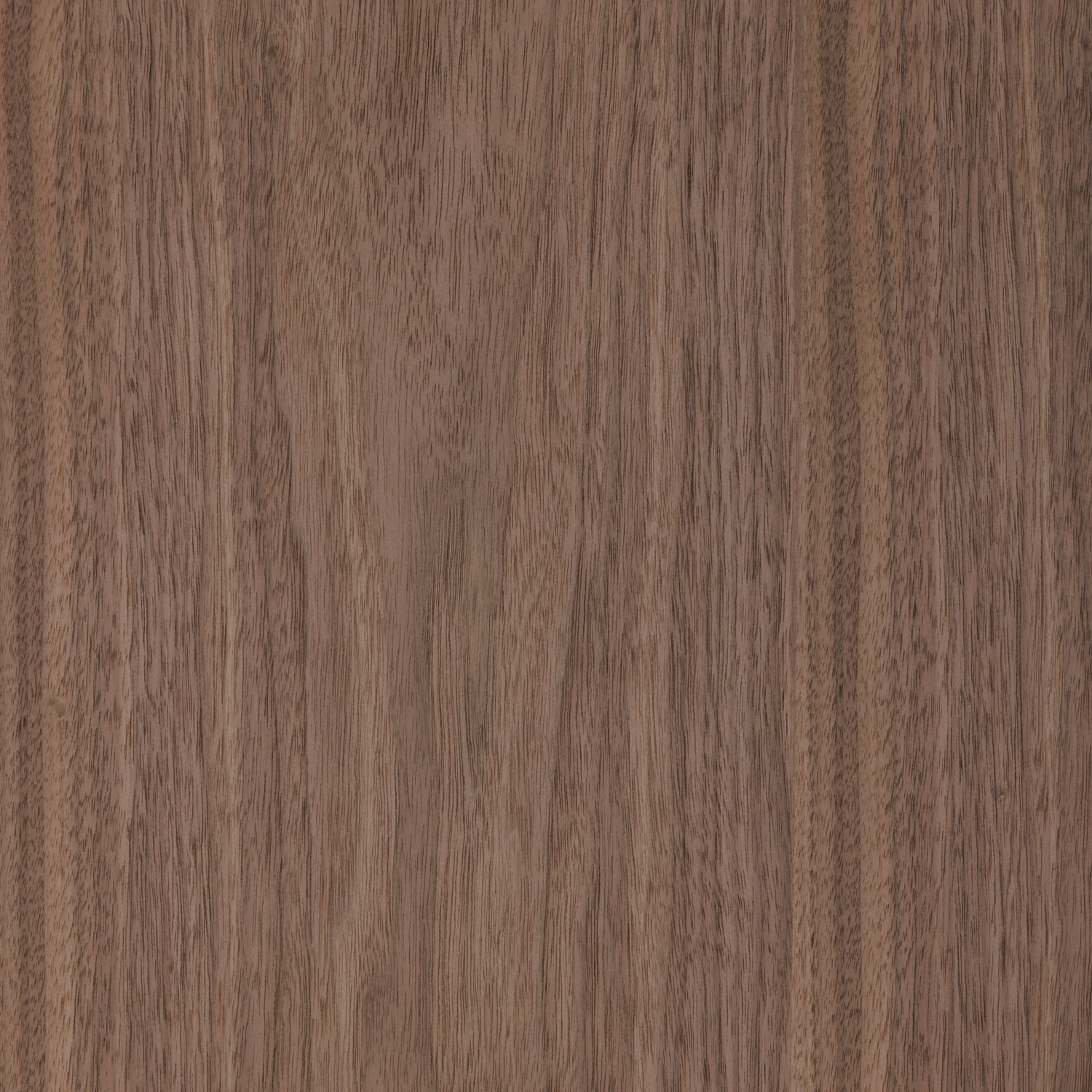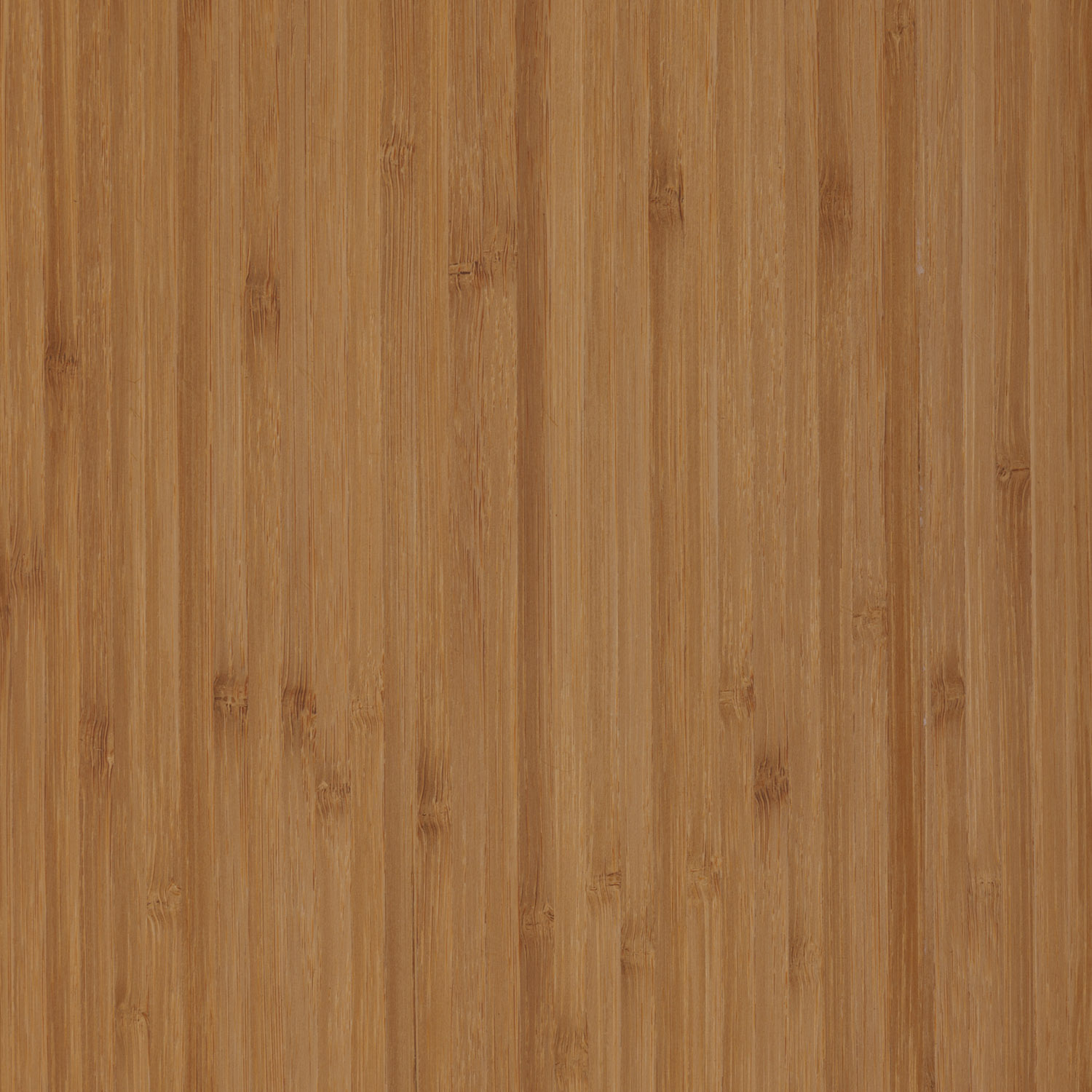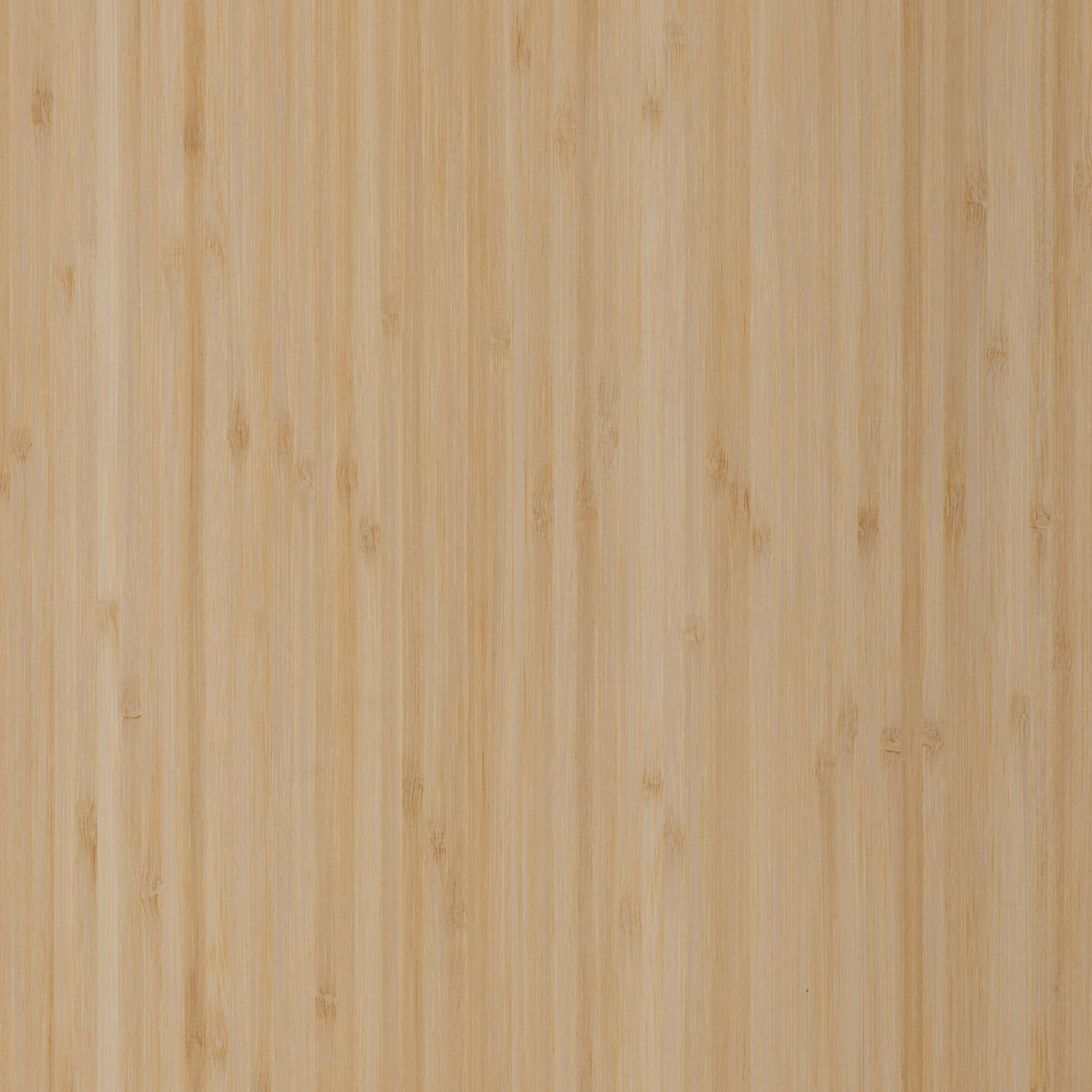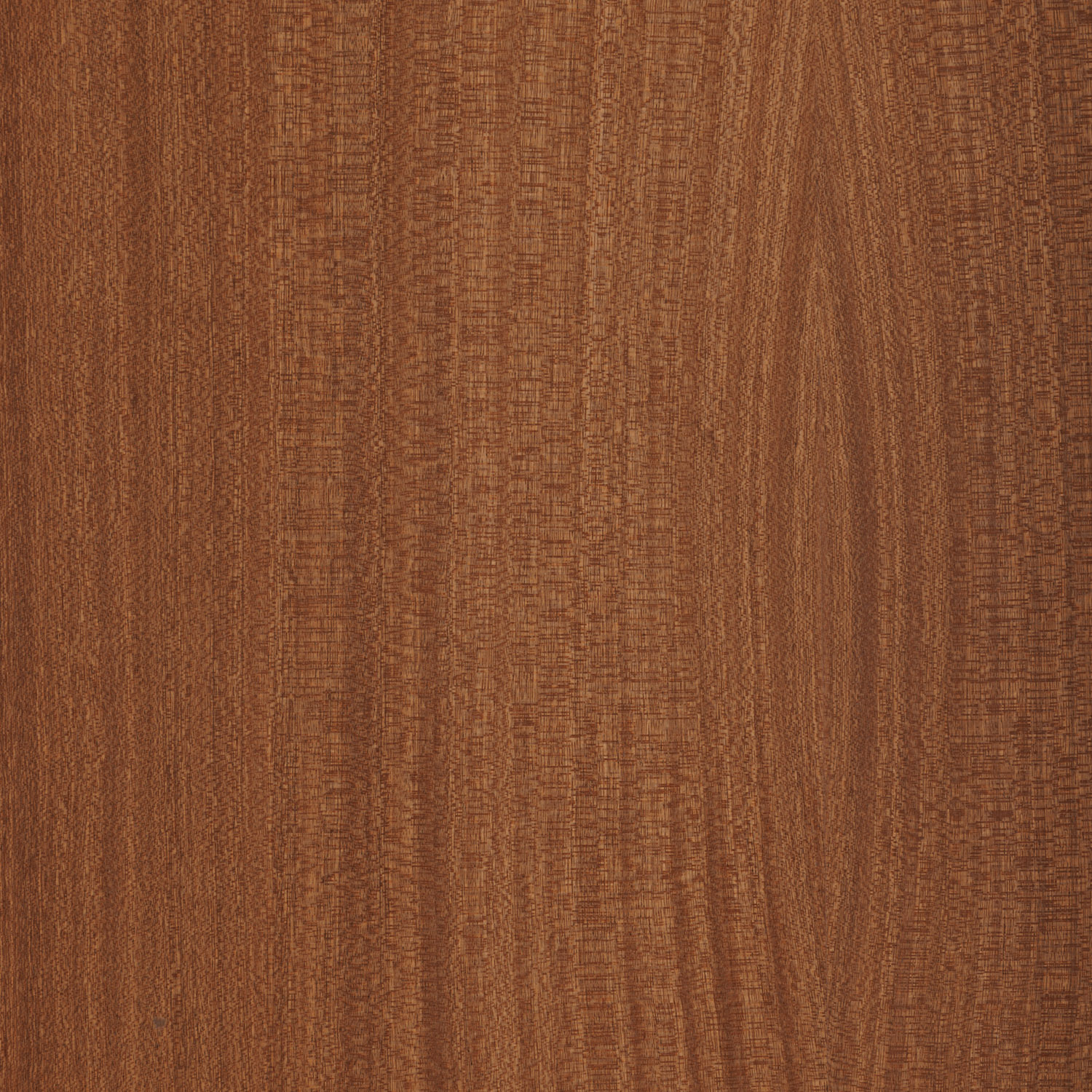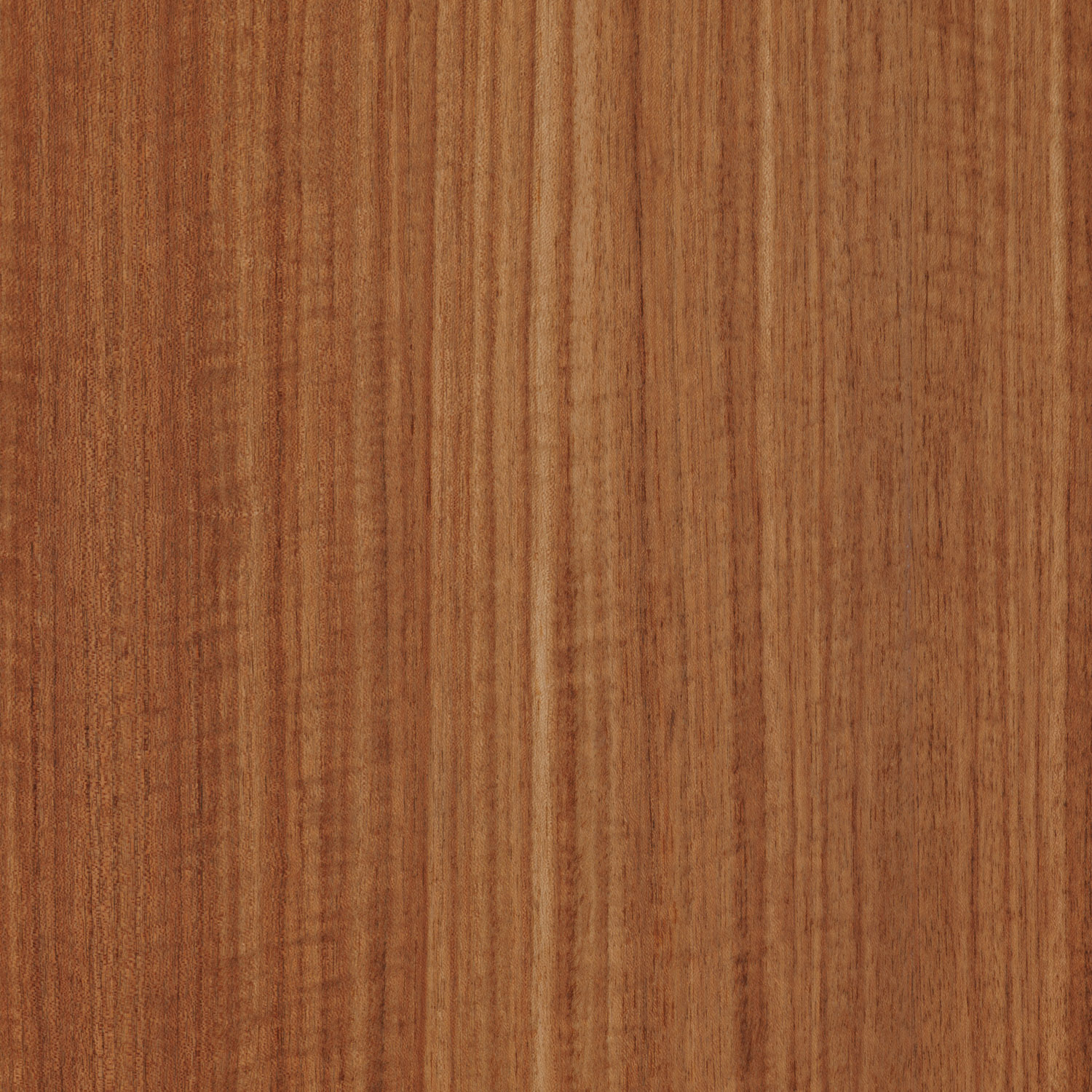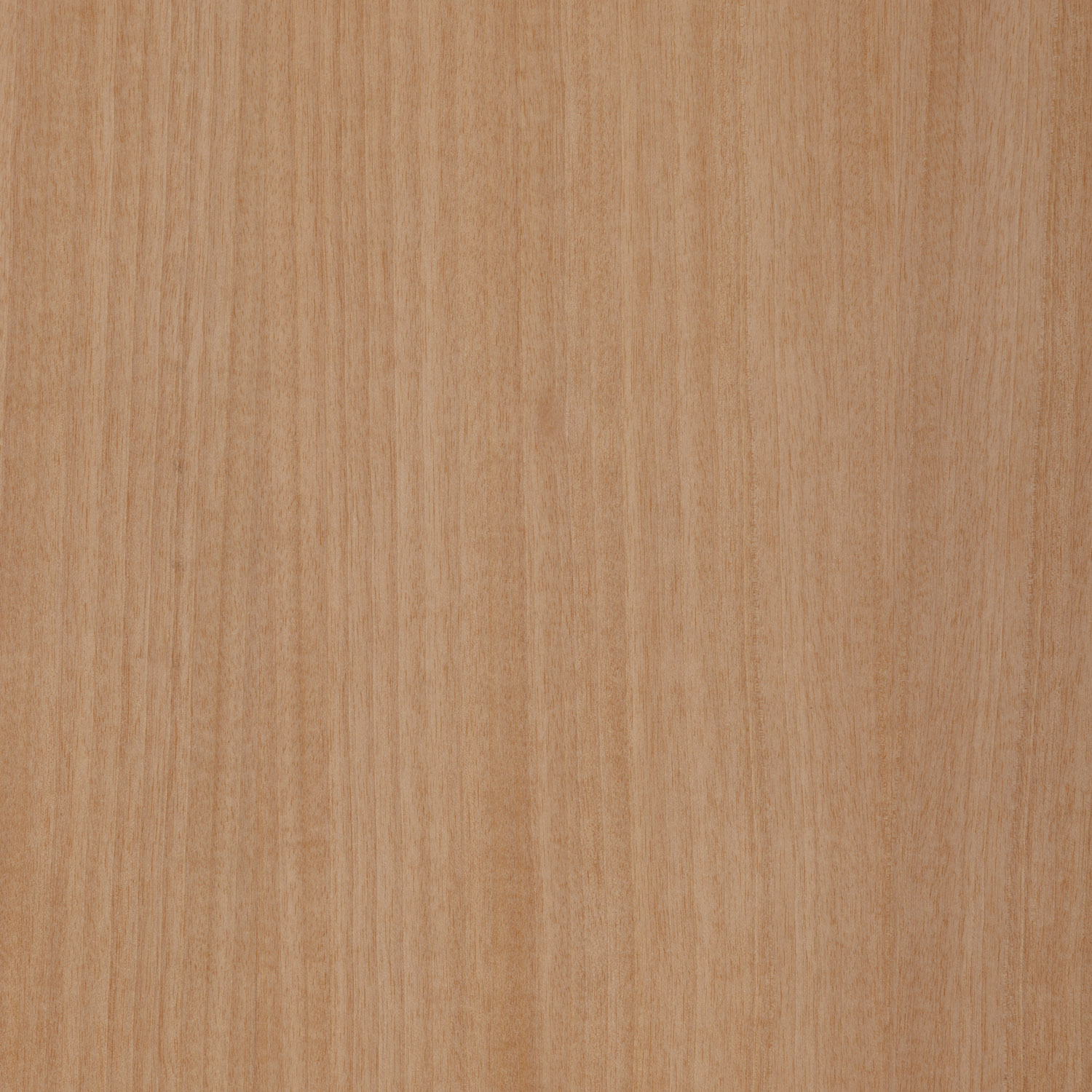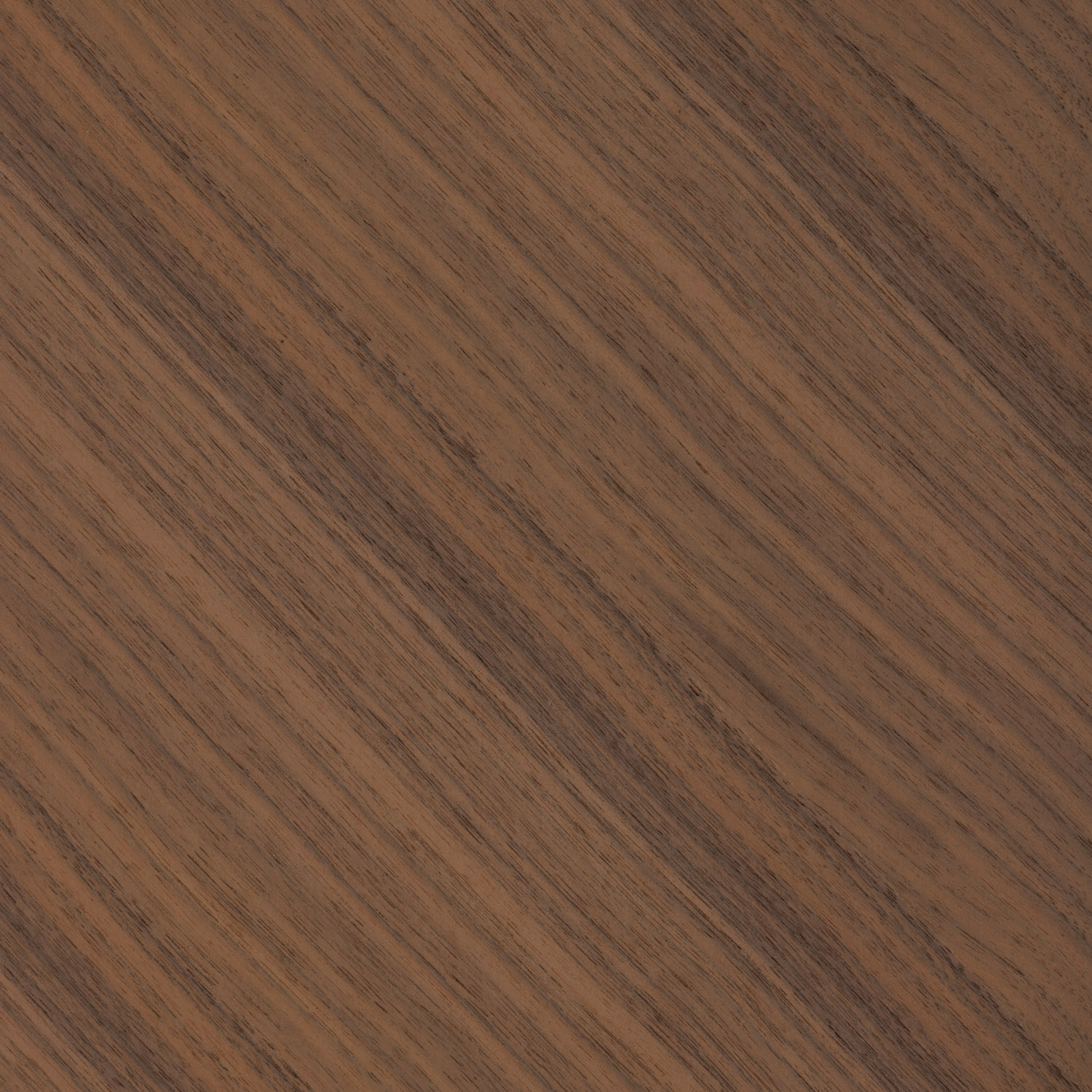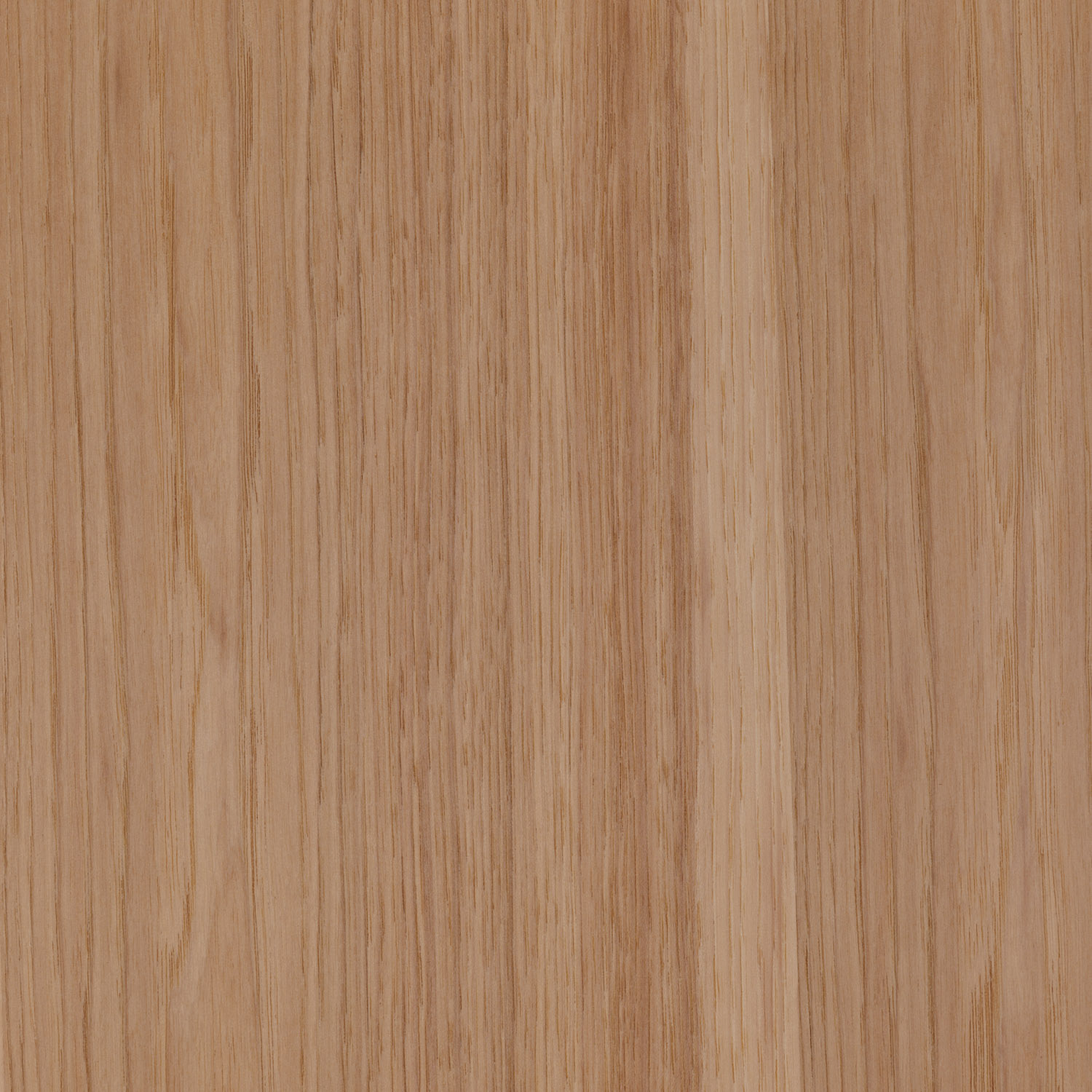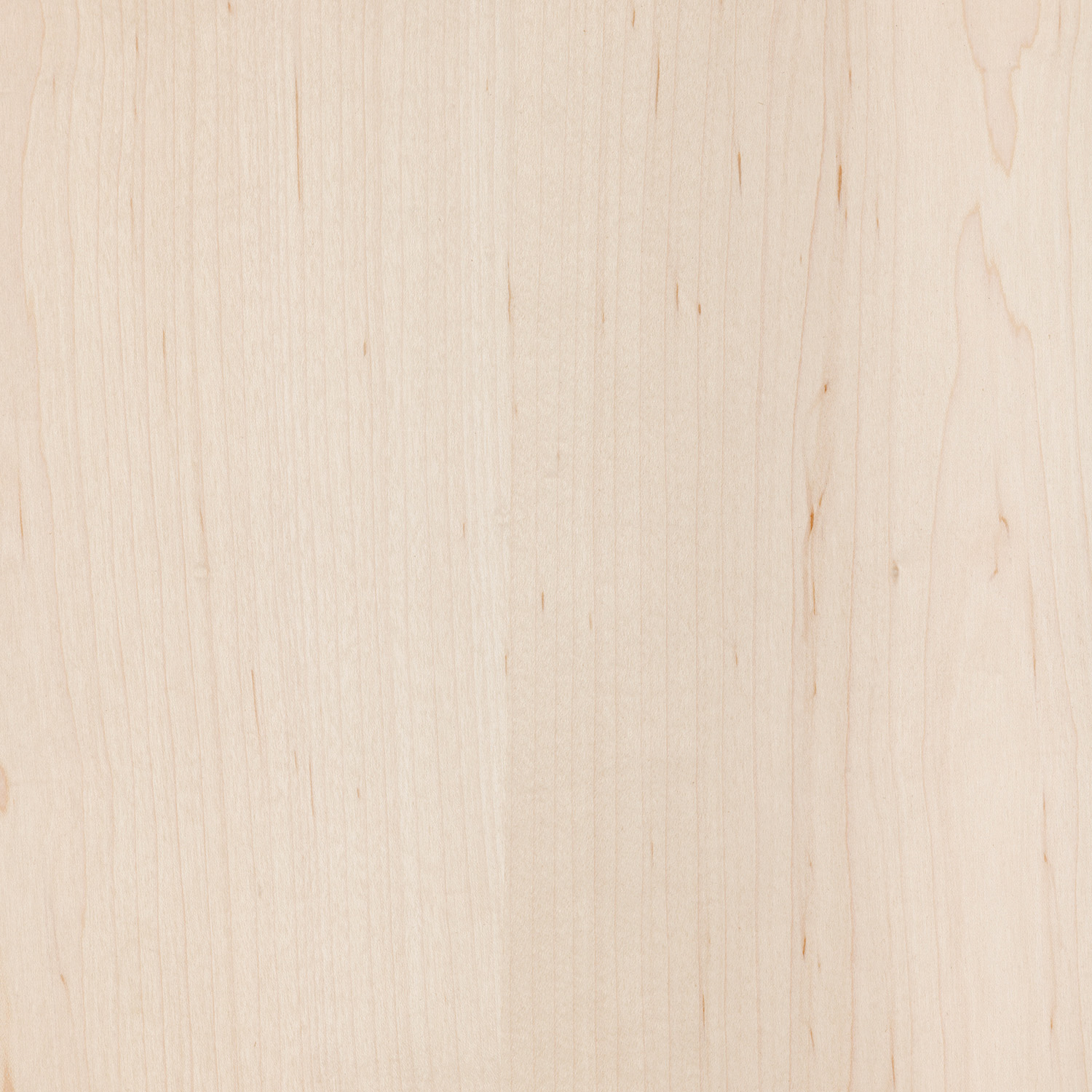Natural Wood Veneer Panels
Natural Wood Veneer Panels
Natural Wood Veneer Panels
Beautifully and wonderfully created, each of our natural wood veneer panels has its own distinct colors and patterns that are unique to that species and log. The innate variations in color, grain structure, texture, and pattern because of the age, climate, environment, and manufacturing process make each species distinct and one of a kind. Our wood veneers can be applied to a wide variety of core options to meet your application needs, and our extensive product options and capabilities offer endless possibilities.
We carry over 20 species in various cuts and can sort to your specific requirements. Veneer can be done in slip matched, book matched, random or plank matched to meet your requirements.
Popular wood Species
Types of Veneer Cuts For Natural Wood Veneer Panels
We offer a variety of veneer cut types that change the appearance of the grain, creating different unique patterns. All of our wood species are available in any of these four cut types.
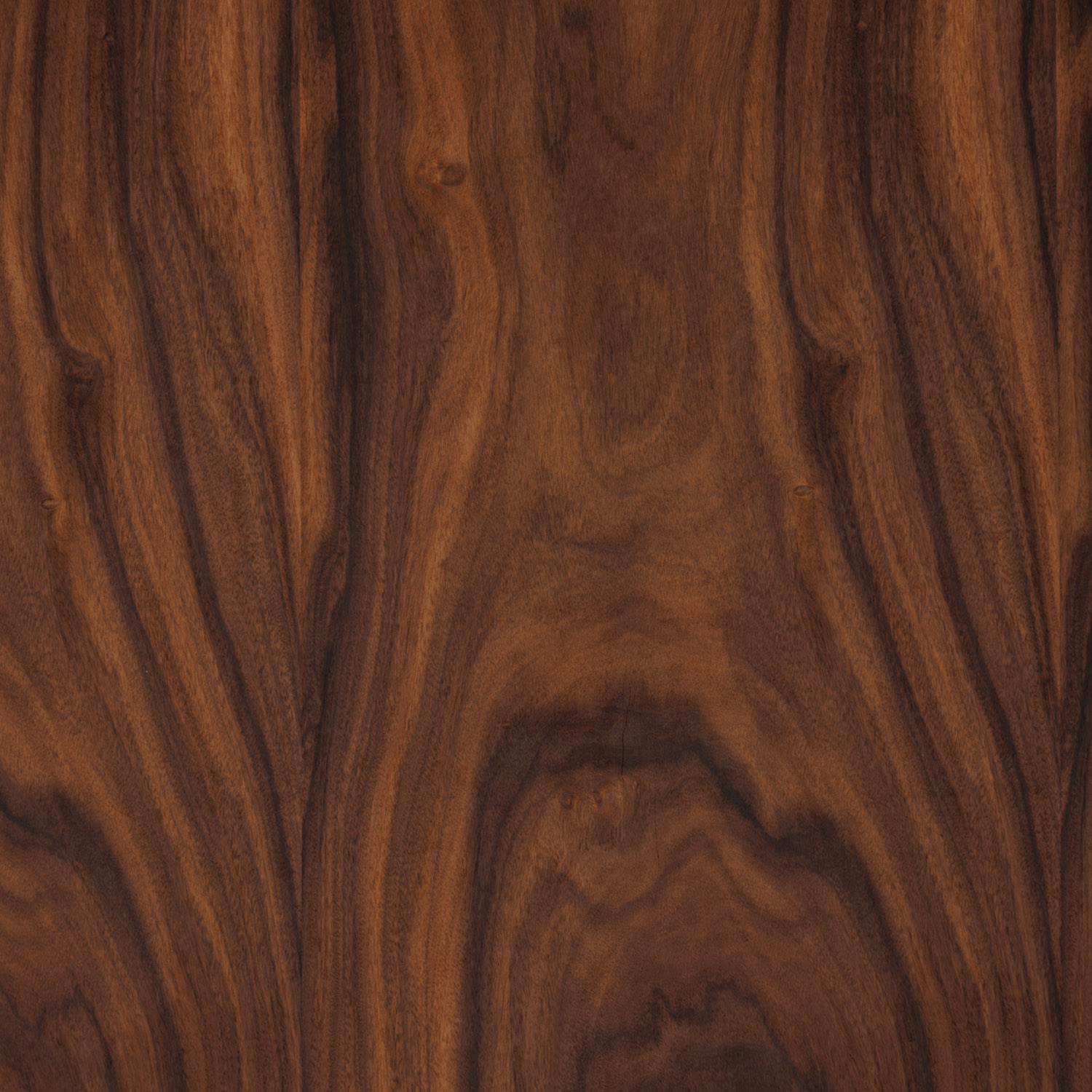
Rotary Cut
A whole log is turned against a sharp blade, much like unwinding a roll of paper. Cut can be wide enough to produce a full-sheet, or single piece faces.
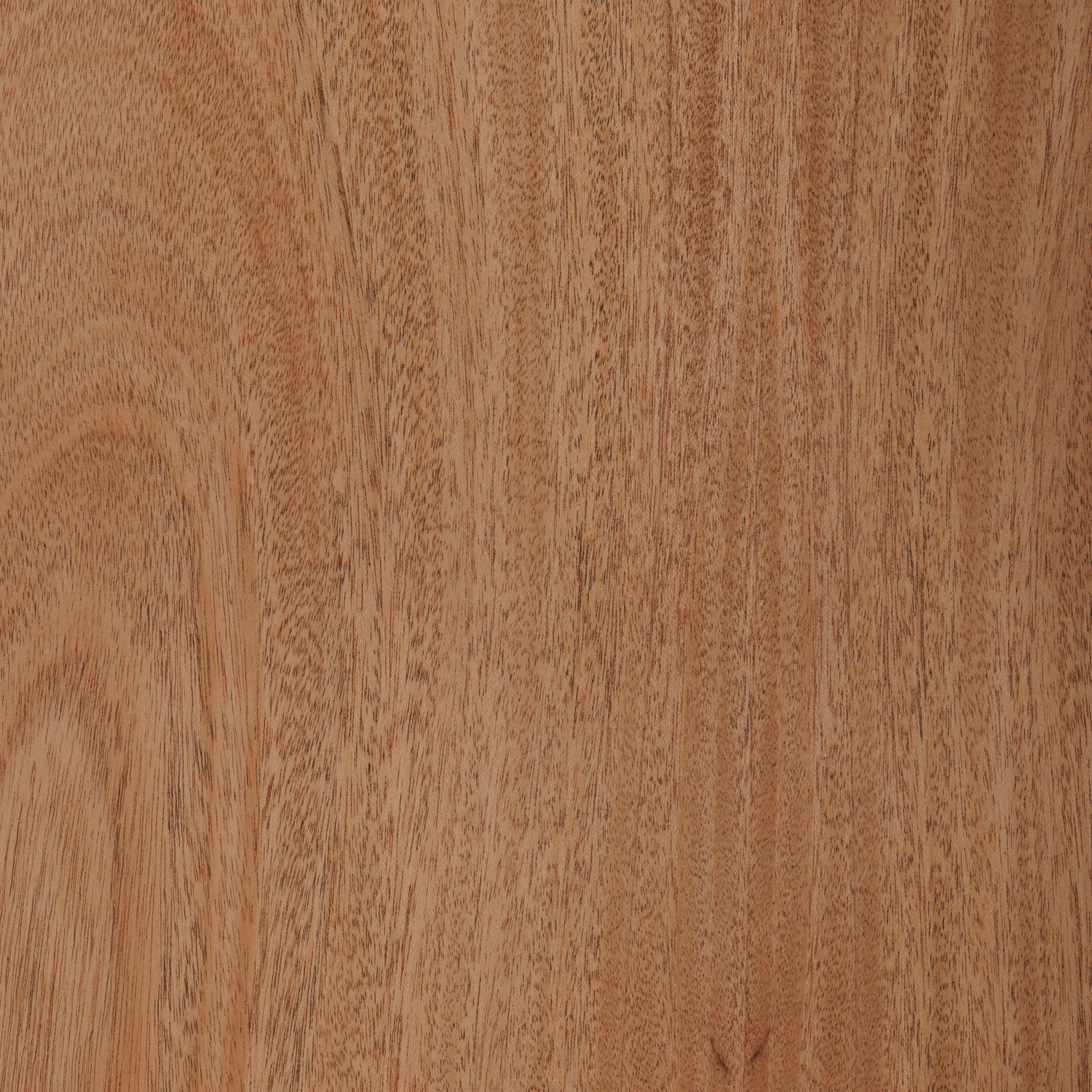
Plain Sliced
A half log is cut with the heart side flat against the flitch table of the slicer. Cut can produce the appearance of a “cathedral effect”.
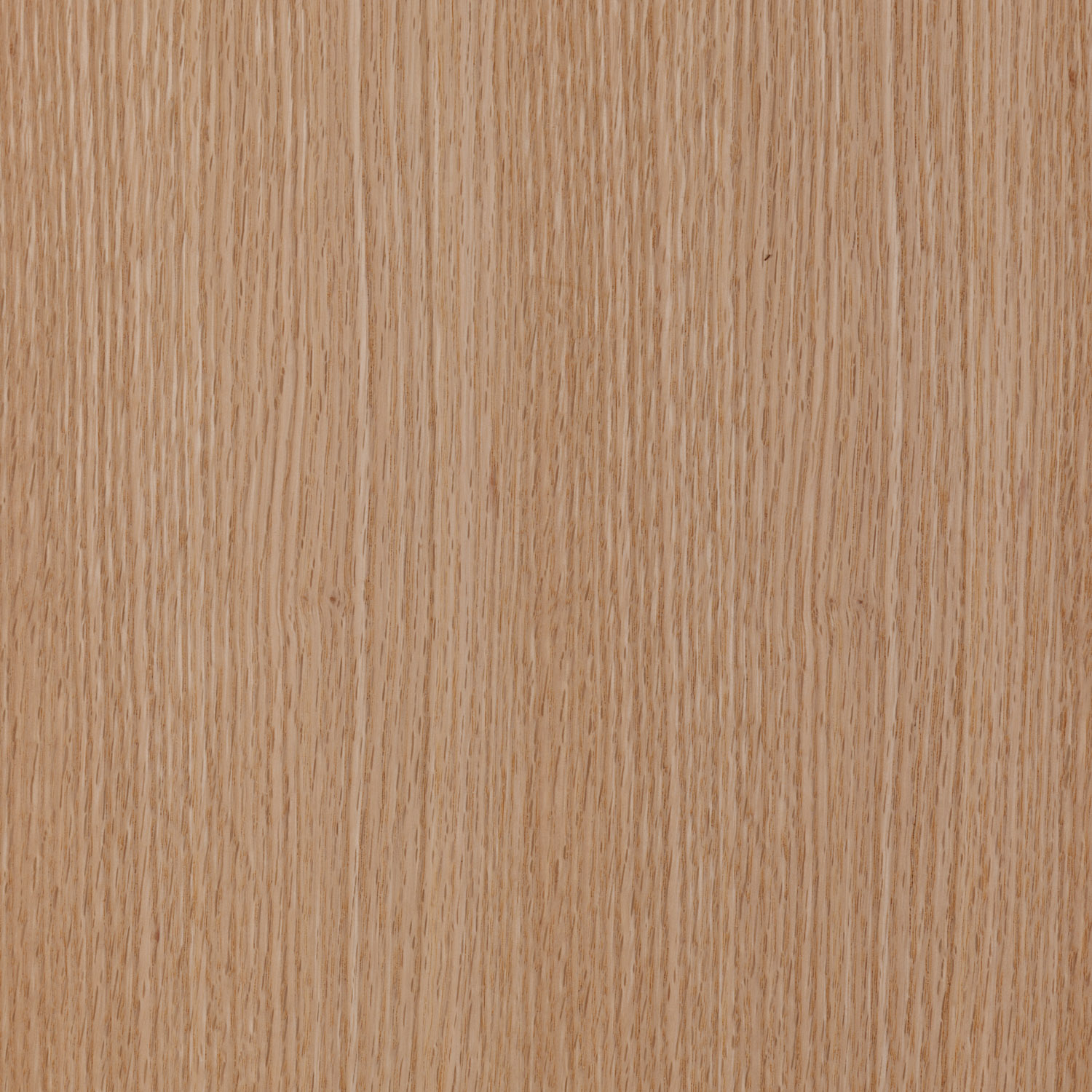
Rift Cut
A quarter of the log is rotated slightly as it is cut. It is generally the straightest and free from cathedrals and variations in grain.
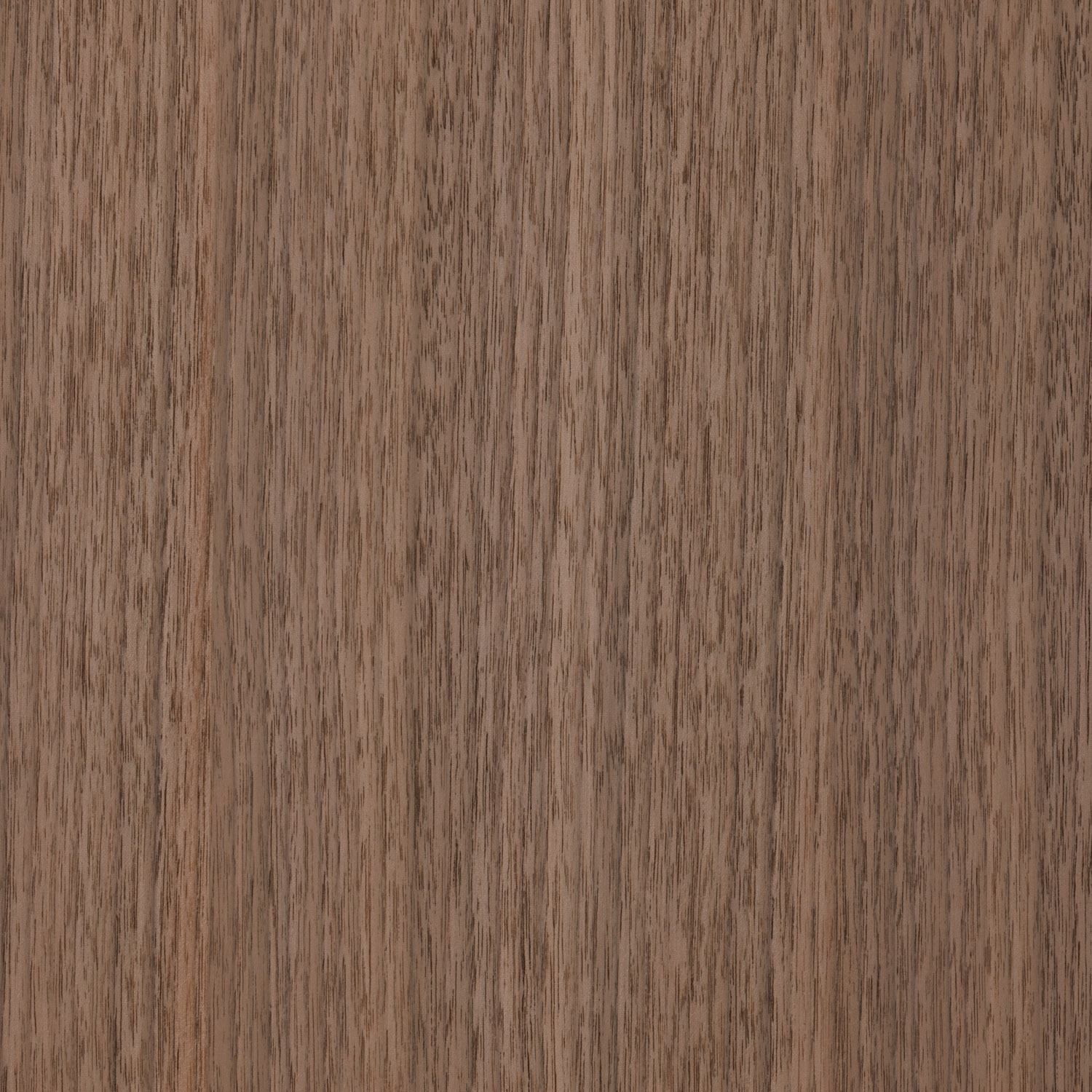
Quarter Cut
A quarter log is cut to produce a series of stripes. These stripes can be straight in some woods and varies in others.
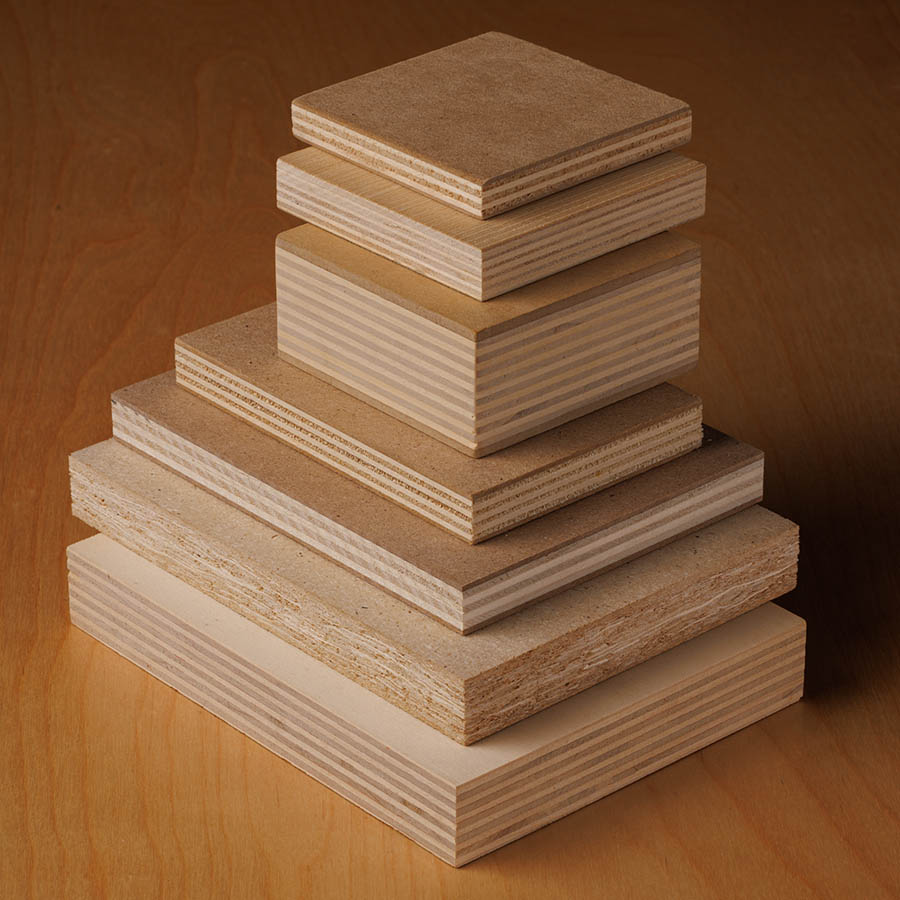
CORE MATERIAL OPTIONS
- 10 mil
- 20 mil
- Wood backed
- Particle Board
- CARB II compliant Particle Board
- FSC® certified/NAUF Particle Board
- Fire Rated Particle Board
- FSC® certified/NAUF/Fire Rated Particle Board
- Medium Density Fiber Board
- CARB II compliant MDF
- FSC® certified/NAUF MDF
- Fire Rated MDF
- Moisture Resistant MDF
- FSC® certified/NAUF/Fire Rated MDF
- Light Weight MDF
- Veneer Core Platforms
- CARB II compliant Platforms
- FSC® certified/NAUF Platforms
PRODUCT OPTIONS
Sizing and Finishing
- Laid Up Custom Panels
- Spliced Faces
- Sketch Face
- 2 ply Veneers
- Blue Print & Cut to Size Panels
- Prefinished is available
- Edgebanding available for all in stock patterns and custom edgebanding is available upon request
- Most veneers can be purchased in 8 ft and 10 ft lengths and manufactured in custom widths up to 5 ft wide


